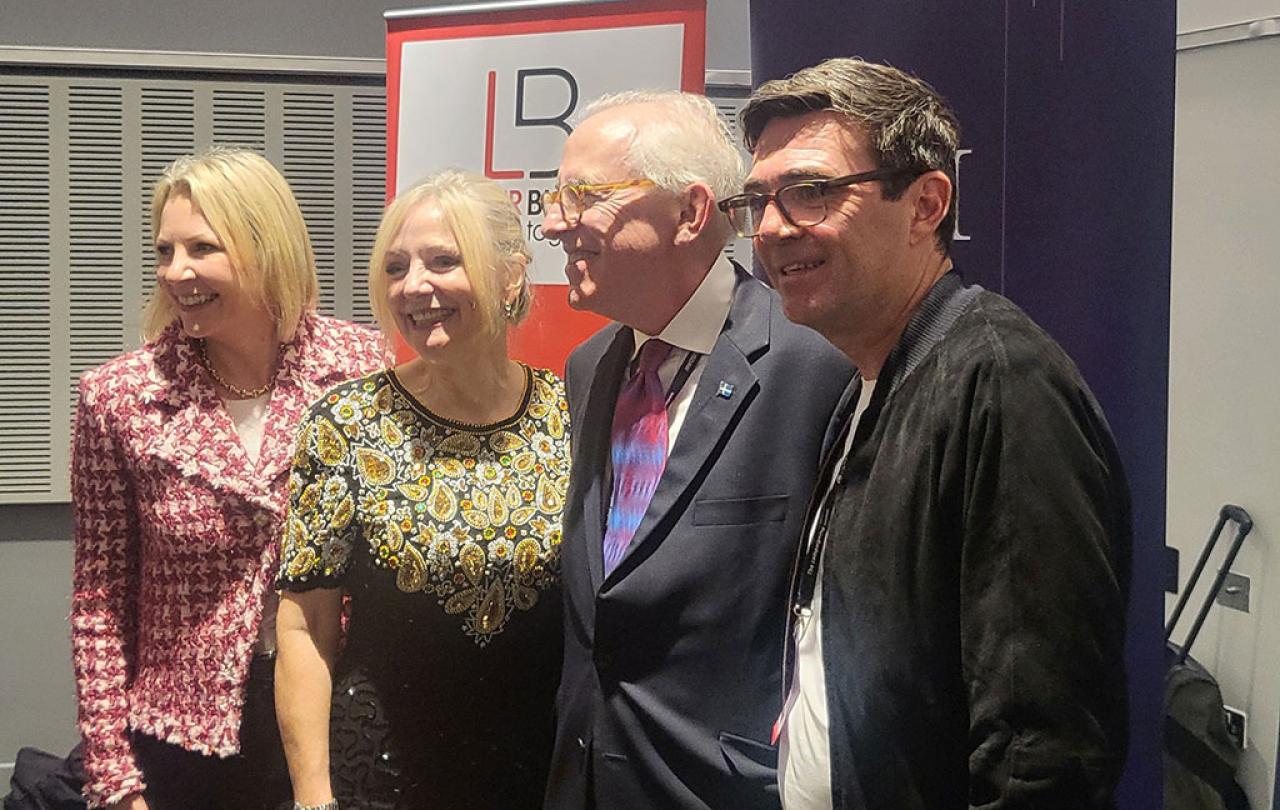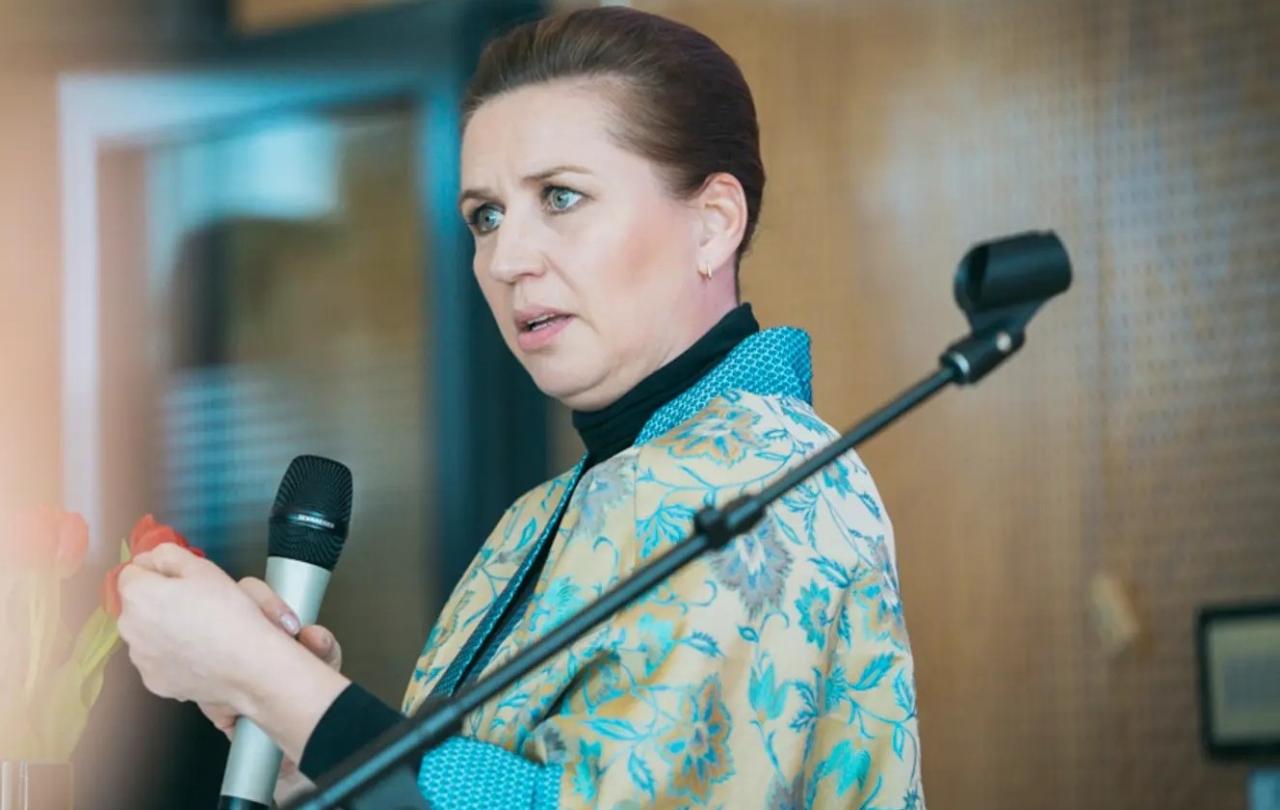
If weather can set the tone for events then the meteorological omens for the Labour Party Conference this year were hardly promising. By the time I’d made it to Liverpool Dockside from the train station I was already soaked and cold, and wondering if anything our new Government was going to say would cut through the gloom and kindle some much-needed hope and optimism.
The downbeat mood of bedraggled conference-goers searching for umbrellas felt like a pretty fair reflection of the wider public as a whole. A recent piece of research found that ‘broken’ was the most common word used to describe the state of the country, and if Keir Starmer had a honeymoon period as Prime Minister it has clearly already long passed. We have become used to politics as a force of chaos and division, and as the events of this summer revealed all too starkly, this state of our public life has left our communities highly vulnerable to the forces of hate and violence that lie closer to the surface than most of us like to admit to ourselves.
Yet my experience over 48 hours in Liverpool did give me cause for optimism, even if that came from some slightly unexpected places.
Mayors are uniquely unburdened by the departmental silos of Westminster and Whitehall, as well as having a direct mandate from the people and communities they are serving.
One of those was the energy of new MPs. Amongst the large intake of Labour MPs there are some seriously impressive people with a vitality and creativity that has been sorely missing from British politics in recent years. I got the chance to speak to Josh MacAlister, the new MP for Whitehaven and Workington, who is a case in point. Josh set up Frontline, a graduate social worker training programme modelled on Teach First which has had huge success in boosting recruitment into a vital part of our public life. He was then asked by the last Government to lead a landmark review into Children’s Social Care, which is without doubt one of the most broken aspects of British politics with private companies making obscene profits from providing terrible care to vulnerable children, leaving a trail of human misery and financial ruin for local Government in its wake. Now he is looking to put the review’s recommendations into practice with a Government that seems far more likely to spark radical change in this area than it’s predecessor. As a foster carer myself who has seen the human cost of the current system up close and personal, meeting Josh gave me real hope that we can do better for the most vulnerable children in our country.
The other politicians who seemed very much in the limelight in Liverpool were Mayors, who now cover more and more of our English cities and regions and are taking an increasingly significant role in our public conversations. I’ve had the opportunity to work closely with the former Mayor of Bristol Marvin Rees, and saw first-hand the incredible impact that place-based political leaders can create by convening different leaders and organisations from across the public sector, business and charities around common goals.
Mayors are uniquely unburdened by the departmental silos of Westminster and Whitehall, as well as having a direct mandate from the people and communities they are serving. So seeing increasing amounts of resource and powers flow to Mayors is undoubtedly another cause for hope.
One of my areas of passion is refugee and asylum inclusion, and I was part of several conversations over the Conference on how Mayors and other regional actors could play a bigger role in this policy area. As Marvin Rees used to say as Mayor of Bristol, city leaders see the issue of migration and human mobility in a fundamentally different way to national leaders, because nation-states are defined by borders and therefore constantly obsessed with controlling them, whereas cities by definition exist due to the movement of people, good and ideas, and are therefore much more interested in how policy can lead to greater welcome and connection in order to harness the strengths of having a diverse population. It is this kind of mindset and perspective shift that having stronger Mayors could bring into British politics, and to me at least it feels like a breath of fresh air.
History teaches us that really significant change happens rarely from the top down but rather through constellations of leaders and organisations with similar worldviews but distinct resources and perspectives.
My final source of optimism for change came not for politicians at all but from the friends and colleagues I was able to catch up with or bump into. Having been around the world of politics for nearly two decades, things like Party Conferences are a lovely opportunity to touch base with people I might not otherwise get to see.
Over lunch with an old friend from the Bristol Mayor’s Office, we were reflecting on how being part of a wider political movement can create opportunities for collaboration and mutual support over the years and in different professional and personal contexts. As someone whose ancestors were actively involved in the Abolition Movement and the Clapham Sect, I often find myself thinking about the social dynamics of change and how movements and coalitions grow and evolve. History teaches us that really significant change happens rarely from the top down but rather through constellations of leaders and organisations with similar worldviews but distinct resources and perspectives. At a time when it often feels like party politics lacks the imagination and courage to really answer the demands of the time, I find real hope in this idea that we can all organise ourselves and our institutions for change, and we all have a responsibility to build a stronger web of relationships to make that happen.
So, if like me you are longing for some positive change in this country, I think the Labour Party Conference did have some real signs of hope. But it’s not a passive hope that somehow having ‘the grownups in charge’ will by itself guarantee real progress. Instead, it’s a restless, active hope that says nothing will happen without us making it happen, and particularly joining the dots between people of goodwill to build something better than our status quo.





